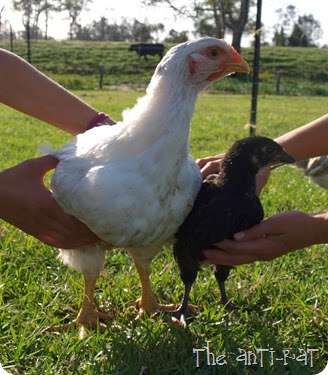I sold my goats. Yes, I loved my goats, but the fact was that the husband really didn’t. At all. And they were noisy, and destructive, and not really the animal to have in rental with cattle fencing that they can get through in a second. Practicality won out, but I miss them and their antics. Cows are OK, but goats are my thing.
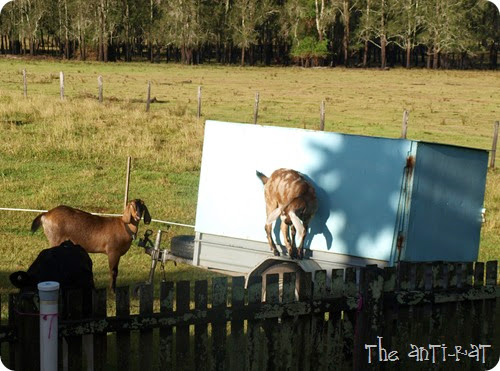
So, a year in a nutshells? We bought two does, Nettle and Guava, as mentioned here. Both were in kid.
Nettle produced twin kids, a doe and a buck, with a riveted audience of the whole family. Anglo-Nubian kids would have to be one of the cutest baby animals, even if their bleats do sound like someone’s torturing a human child.
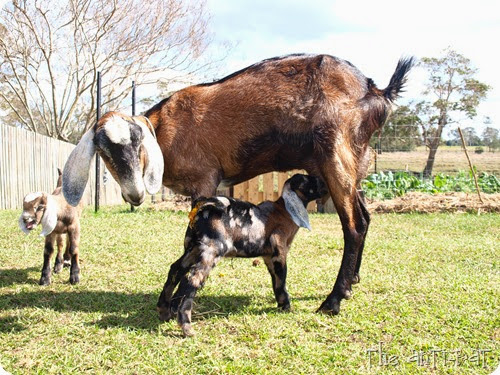

The doe (on the left above) became A’s, and she called her Blackberry. We called the buck Grub (because that’s what he was going to be) but decided after a week or so that we’d rather have the milk, and gave him away.
Now we were at three goats, with Guava due to kid. She did, again with an audience (and a little assistance from me), and produced a single doe. She was half Toggenberg, and a very strange looking goat. We called her Donkey, because that’s what she looked like at birth, and again gave her away very young-we were interested in Anglos and milk, not raising half-breeds.

So we had lots of milk to drink, we were making cheese and soap, all was going well………then Guava started sending us mental. Never a fantastic forager, she decided she wasn’t going to go looking for food on the couple of hundred acres she had access to, but would stand at the house yard fence and bleat for hours, expecting us to go out and feed her. Every day. We tried a few things to fix this, but after a few incidents involving the husband, Guava, and hurtling shovels and such, I rang up the woman i’d bought her from and asked to swap. Yes, that was fine, but the only other Anglo-Nubians she had weren’t in milk. We accepted the drop in milk for the peace it would bring, and Bracken came home with us.
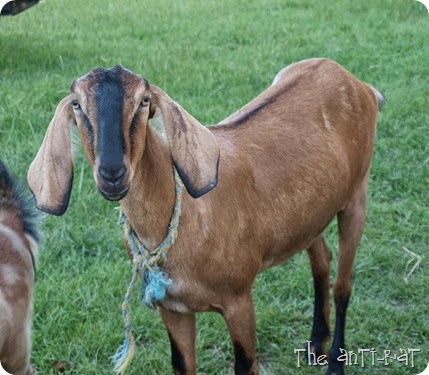
She worked out beautifully. Her and Nettle were excellent together, and foraged well. Blackberry adored her as she was still a bit young and fun. But the damage was done, and the husband had no tolerance for any bleating from them. He found them irritating and infuriating, and made that quite clear on a regular basis. In the end I had to shrug my shoulders, admit that they weren’t the best dairy animal for us right now, and family harmony would be better. A agreed, so they were sold to a local family.
I miss them more than I thought I would. I had a purpose in caring for them and milking them, and . I spent a lot of time outside with them, and I really enjoyed their personalities-I didn’t fully realise how much until they were gone. A also seems a bit lost without her pet-she used to get up at 6am with us every single morning and come out for the milking, but now she mostly stays in bed and reads.
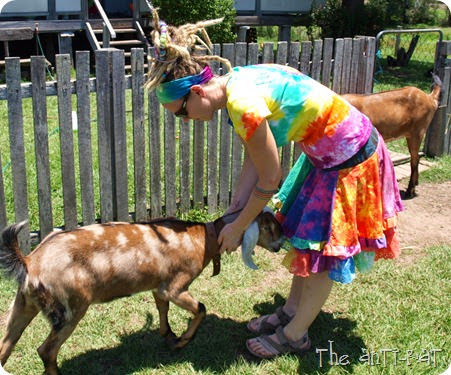
So I will get goats again-I may have to spend a bit more money and care on the setup to ensure they don’t bother anyone else, but I think they’re worth it.
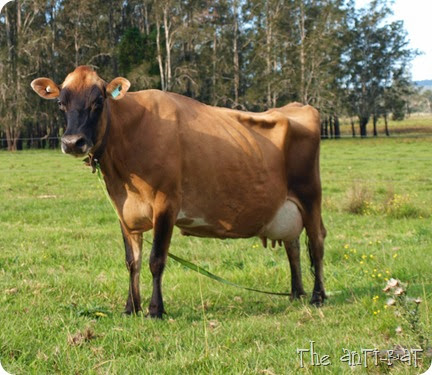


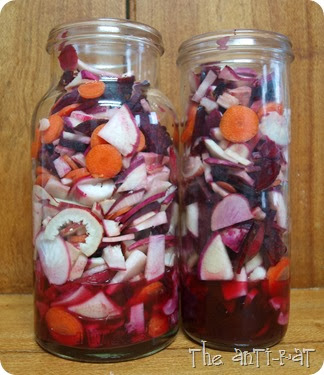
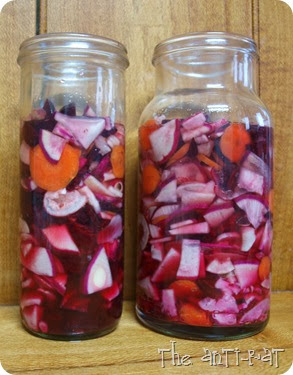
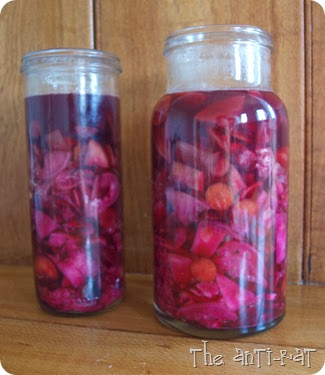
 200sq/m, less than six months
200sq/m, less than six months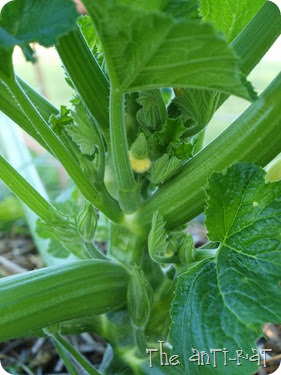

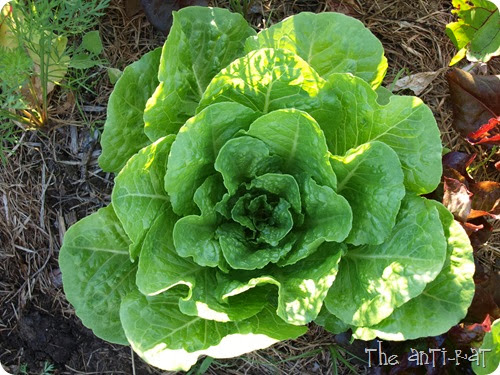
 A visitor in the corn patch
A visitor in the corn patch